Are you ready to leave the beaten track? Gravel biking is the way to combine freedom and nature with a sporting challenge. If you have never gravelbiked before, the first ride can be a bit uncomfortable. I know this from experience, especially if you have always been on a road bike before. You suddenly ride with lower tyre pressure, you can't go as fast through corners as usual, your cycling position is different. All things you need to take into account. With these tips, you will be fully prepared for your start with gravel and you can take your first ride with confidence!

Adjust your tyre pressure properly
For beginners, the right tyre pressure is essential. Gravel trails require more grip than asphalt, so keep the pressure lower than you are used to on your road bike. For 40 mm gravel tyres, we recommend 2 to 3 bar for someone weighing 80 kg. Are you a bit lighter? Then 2 to 2.5 bar will do. This gives you stability and prevents slipping in loose turns.
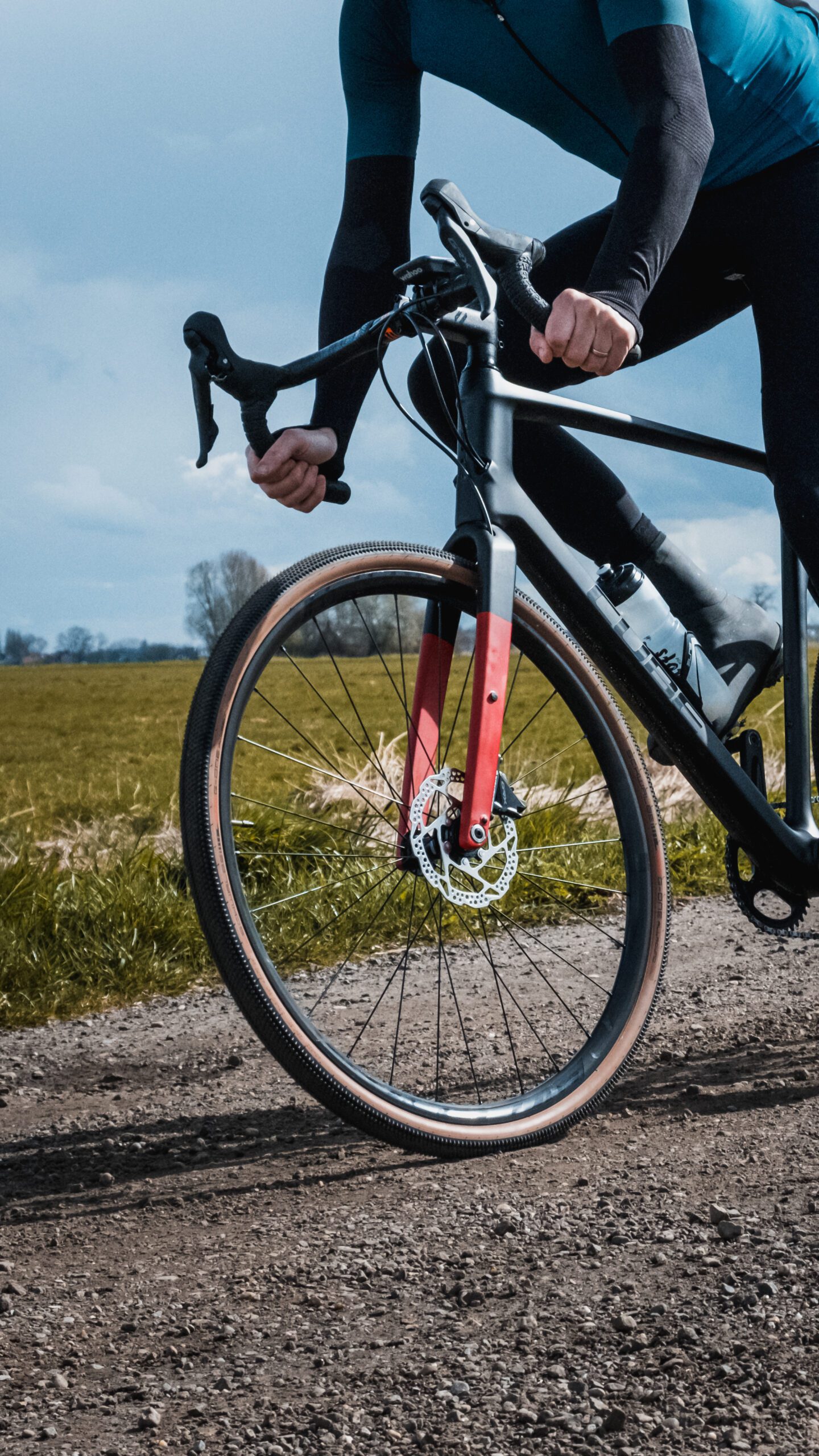

Careful when cornering
Gravel offers less grip, so adjust your speed when cornering. Instead of full steering like on the road, be a bit more cautious. This is because it is easier to lose your front wheel in loose gravel, which can lead to falls. Keep the pace in the corners slow and enjoy the rough course instead of your speed! When I went myself graveling in the Achterhoek, I went down ugly once more. Mistake in estimating speed and grip in the corner.
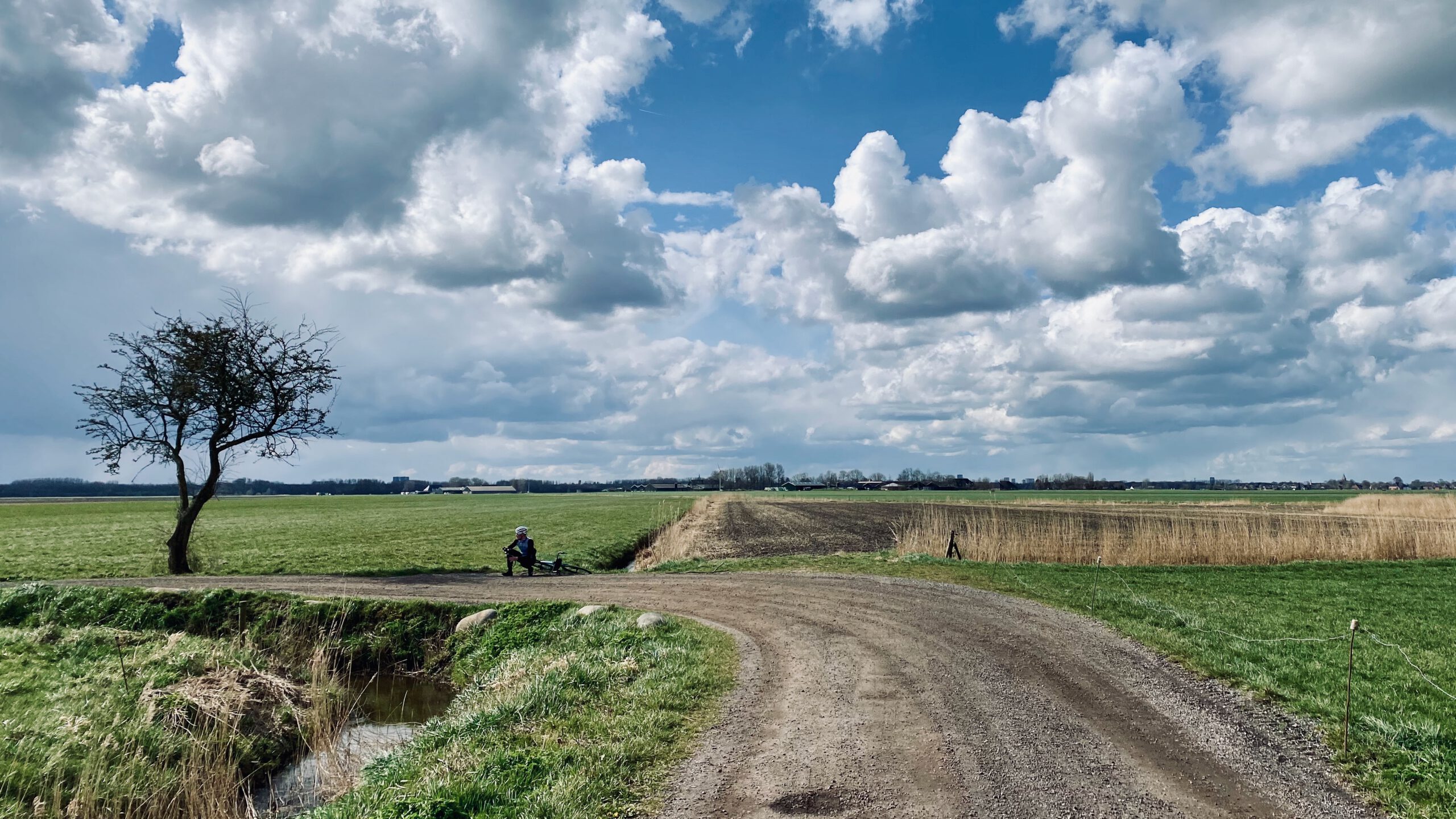
Choose comfortable clothes
Graveling means freedom, even in your choice of clothing. Many brands offer special gravel clothing, often with extra pockets on the thigh for snacks or your phone. MTB shoes with SPD plates and studs give you good grip on uneven terrain. Leave your racing shoes at home and choose shoes that can take a beating. That way, you will go on a gravel adventure delightful and full of fun.
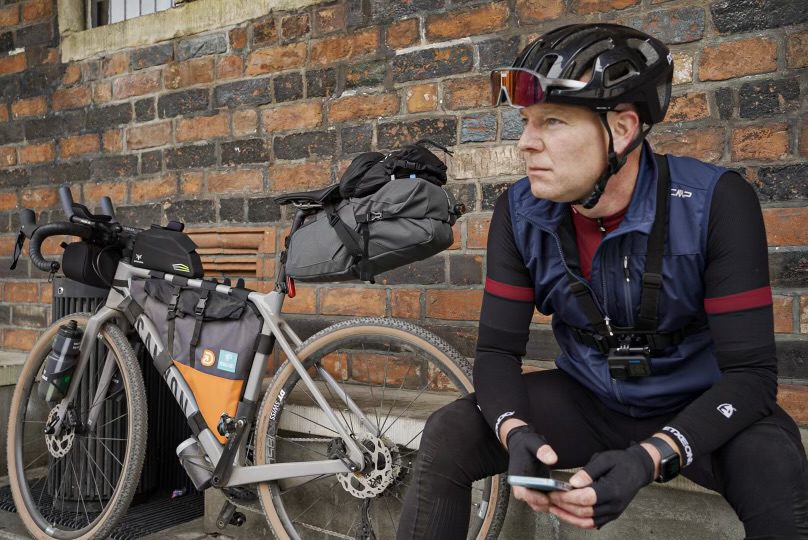
Plan less distance than usual
Gravel rides are usually slower than you are used to on the road. Allow for lower average speeds due to higher resistance and rougher terrain. A 40km ride can feel like 60km on tarmac, so start slowly and adjust your distance. A shorter ride lets you get used to the gravel feel better without getting too tiring. I normally plan 100-120 kilometres for a long ride myself. With gravel you're more likely to be at 60-80 kilometres. If you go into the mountains, this difference is going to be even bigger. For example, if you go graveling in Bolzano.
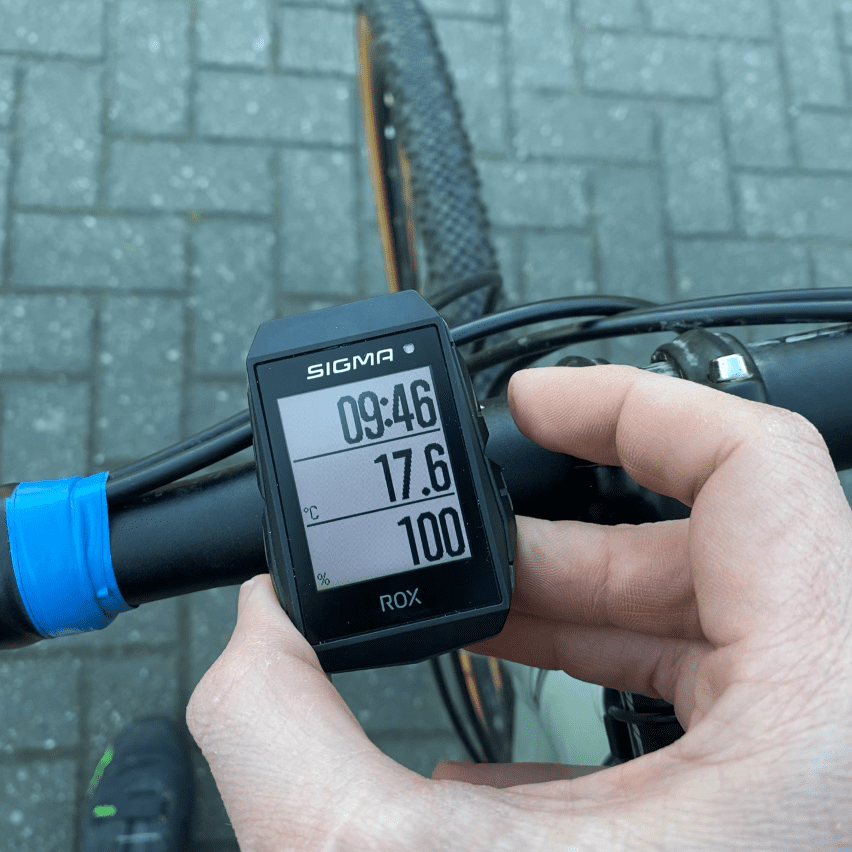
Route: what to consider
You are not allowed to gravel everywhere in the Netherlands and Europe. On your first time, choose an accessible route, such as well-known gravel paths specially built for cyclists, like the Let de Stigterpad. On private land (even Staatsbosbeheer land is in principle private land) you are not allowed to do so, unless otherwise indicated. Of course, you are always allowed to cycle on cycle paths (if so marked) and on paved public roads. Riding paths however attractive are excluded from this. Check that, even if you have accidentally crammed a footpath into your route, for example. Walkers are not going to like that. A friendly thank you will help

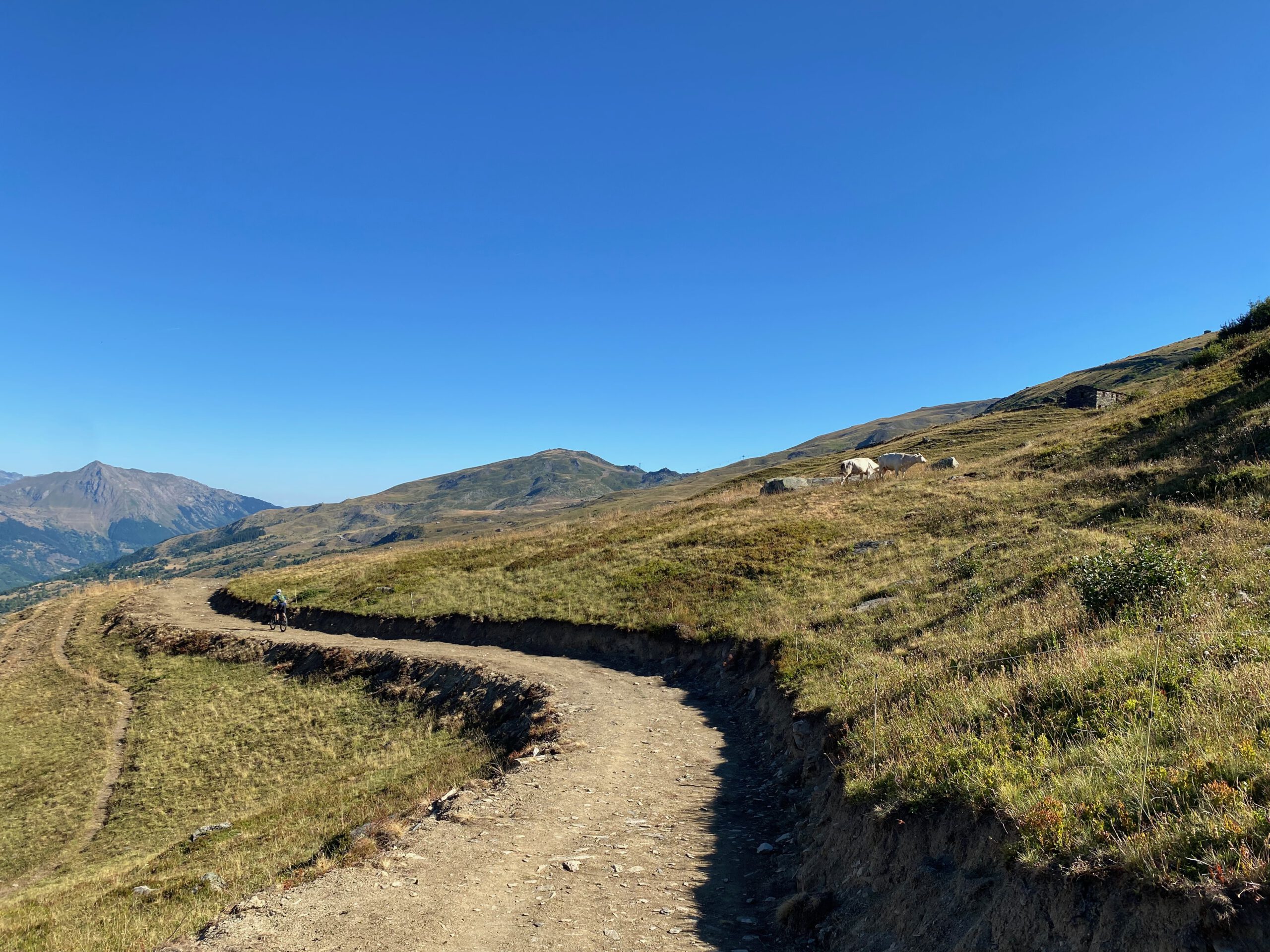
Bring a bag!
These days, there are so many different bags in circulation. Handlebar bags, snack bags, bar bags, you name it. Since speed is not the main issue and a bag is pretty darn handy anyway, you better just buy one. Like the bags from The Pack. I personally like riding with these handlebar bags, both the snack bag and the bar bag. You can put quite a lot in them. For example, a jacket or a vest, a camera or similar. Plus, of course, some food. Handy for your first gravel adventure.
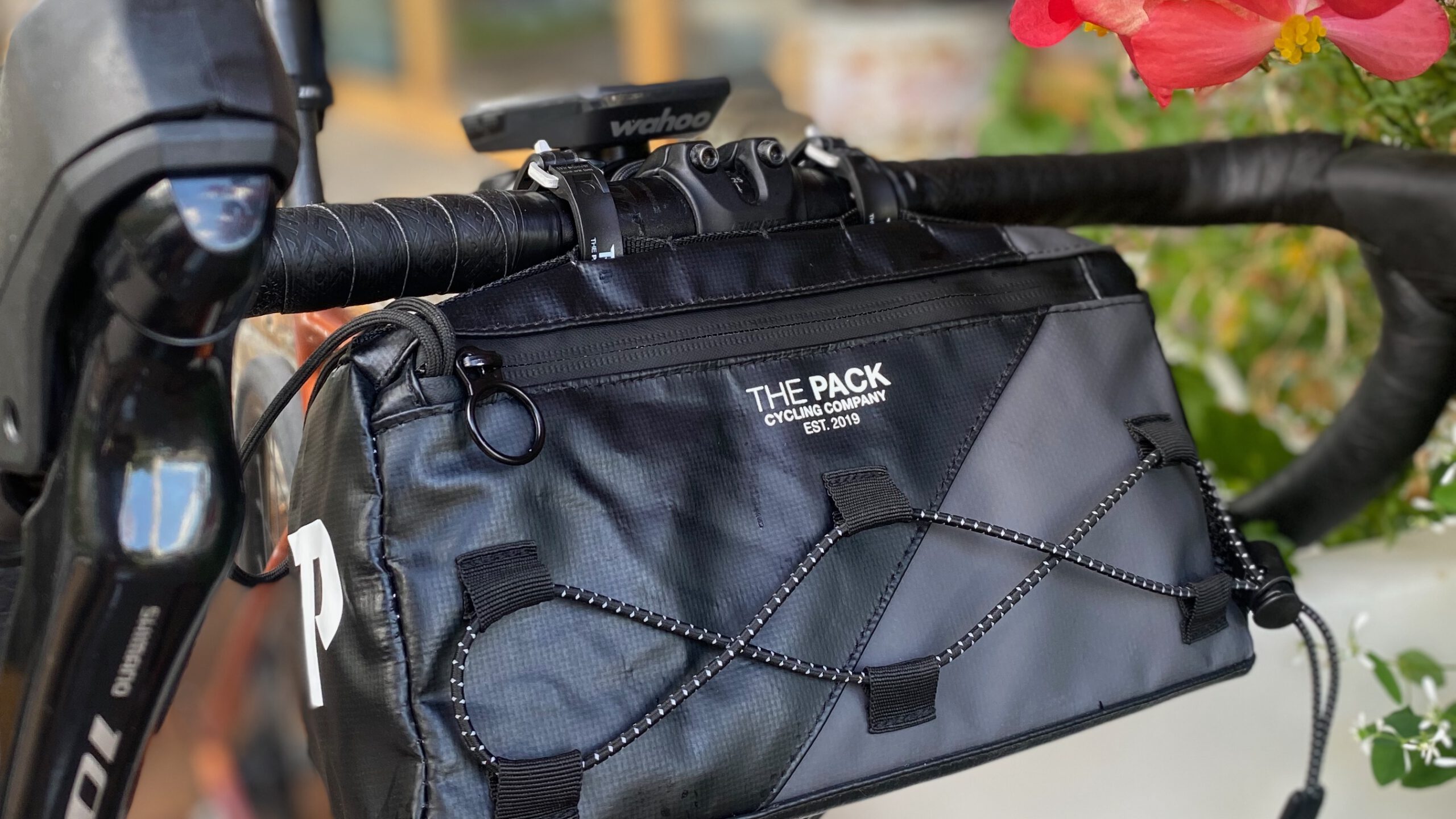
Switching and climbing
A gravel bike often has only one front blade. This means you are less affected by technical mishaps, but you also shift gears differently than on a road bike. Make sure you change gears in doses and use a lighter gear than on asphalt. Changing gears on gravel requires some finesse to prevent your wheels from slipping. Stay on your saddle uphill, otherwise you will slip.
Ready for the adventure?
Hopefully you got something out of our tips for your first time graveling. Do you want to fish more often? Then check out our gravel routes, e.g. the Shimano GRX series, (search on 'gravel' on our site) or send us a message!

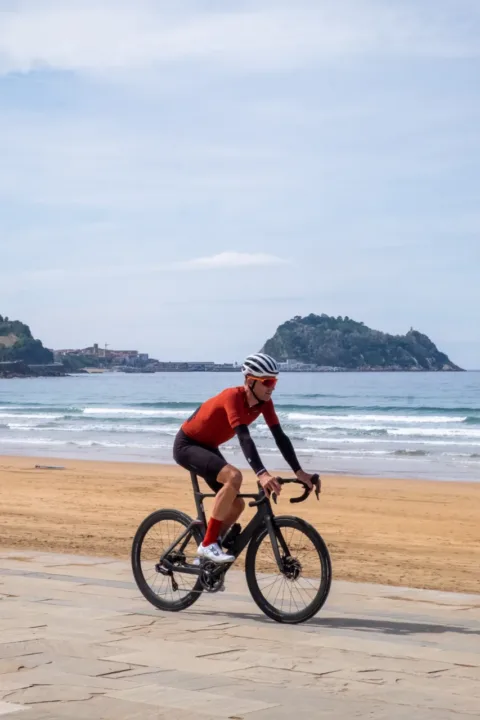
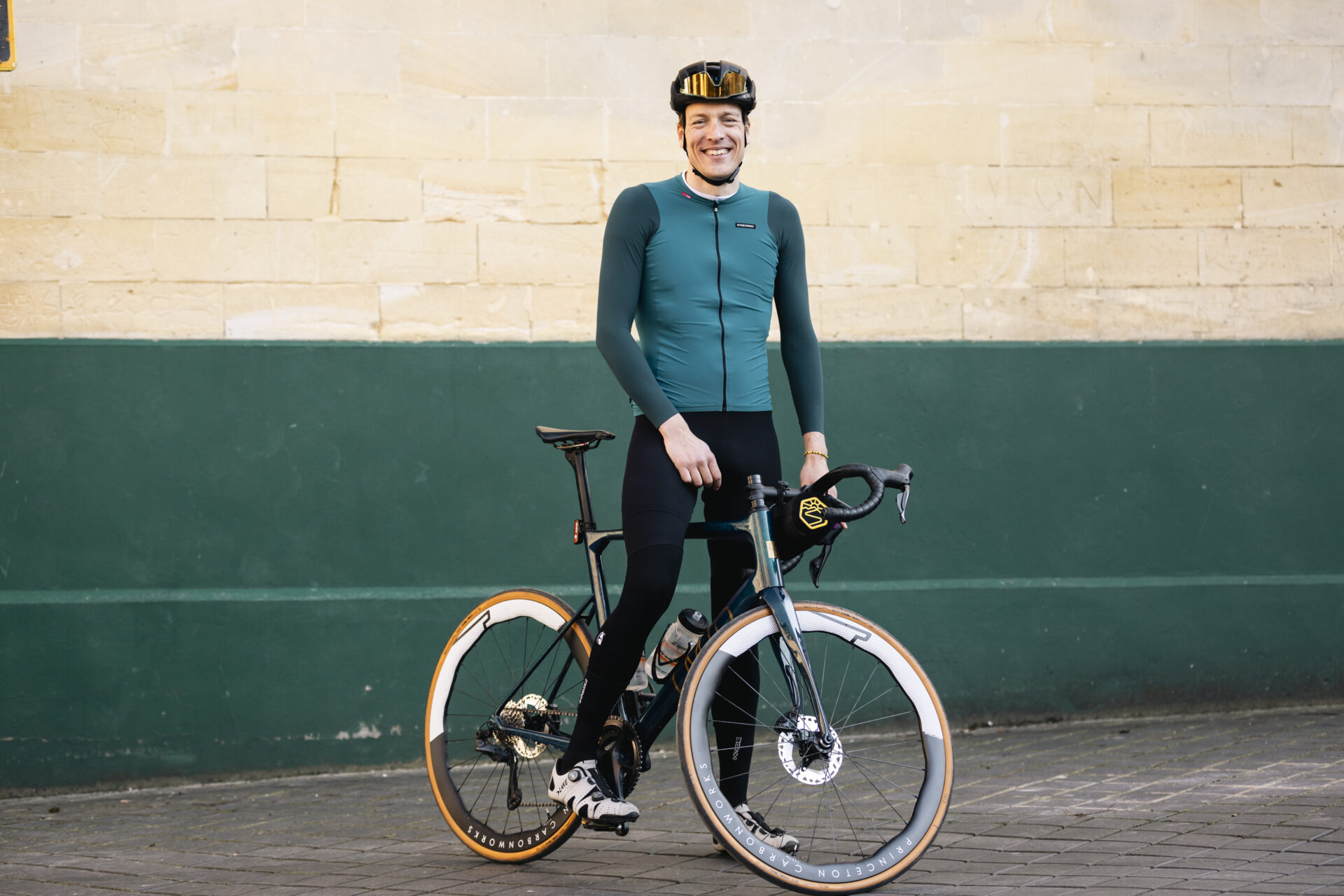
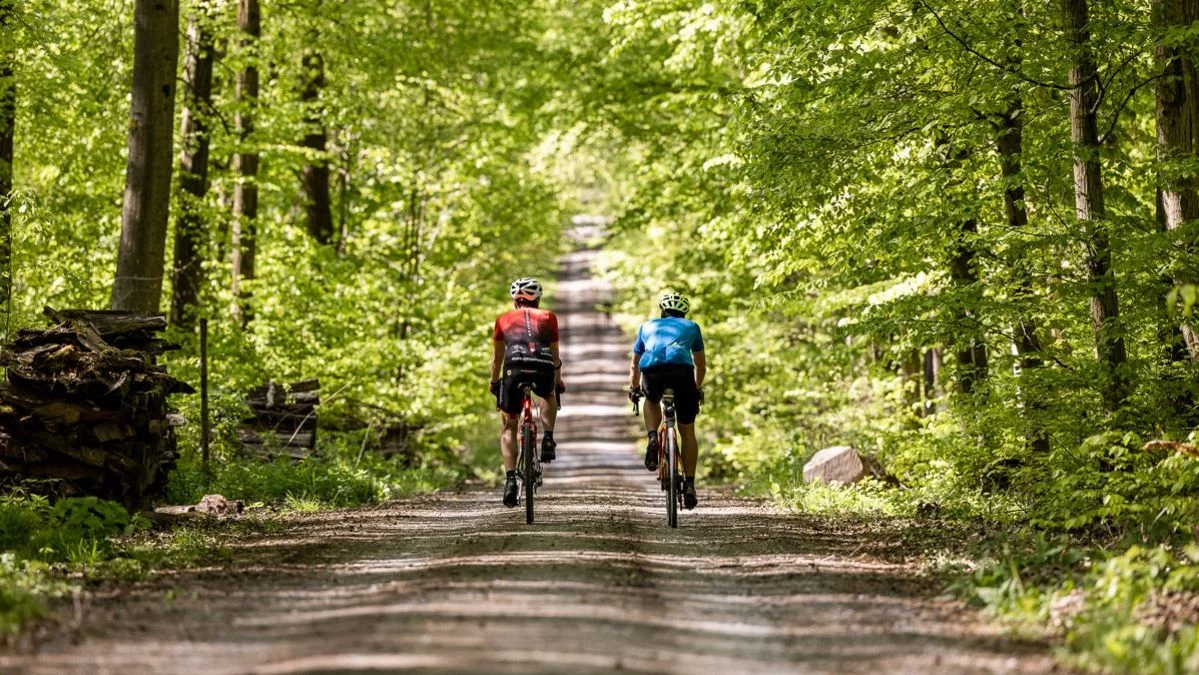
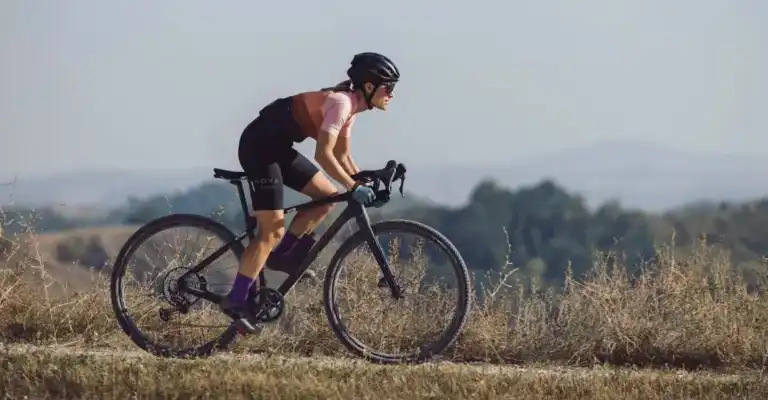
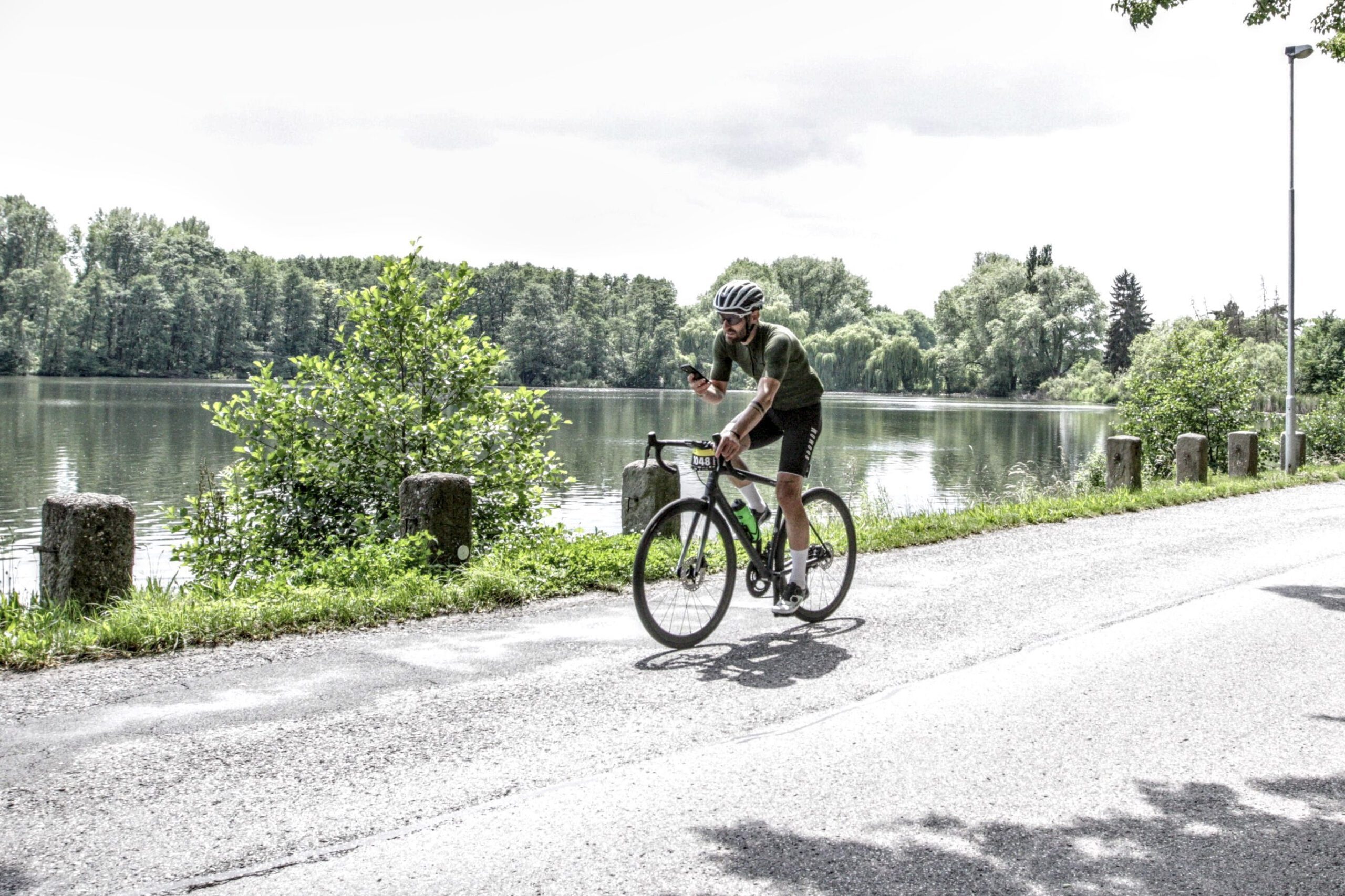
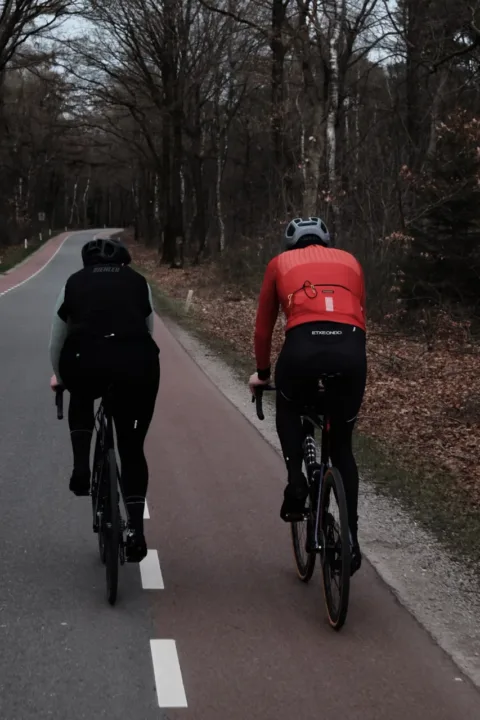
2 responses
Nice article, but the tyre pressure tips really put you way too high. With 80kg and 40 mm tyres, I ride at 2.0 bar, or slightly less. Much more comfortable and more grip, especially when wet. Via the ZIPP Tire pressure calculator you can approach it very precisely yourself. https://axs.sram.com/guides/tire/pressure
Hi Bert,
thanks for your tips. ALs you use this calculator, you are right. The Schwalbe calculator indicated something else, but I will take it into account in the article! Good experience tips iig.